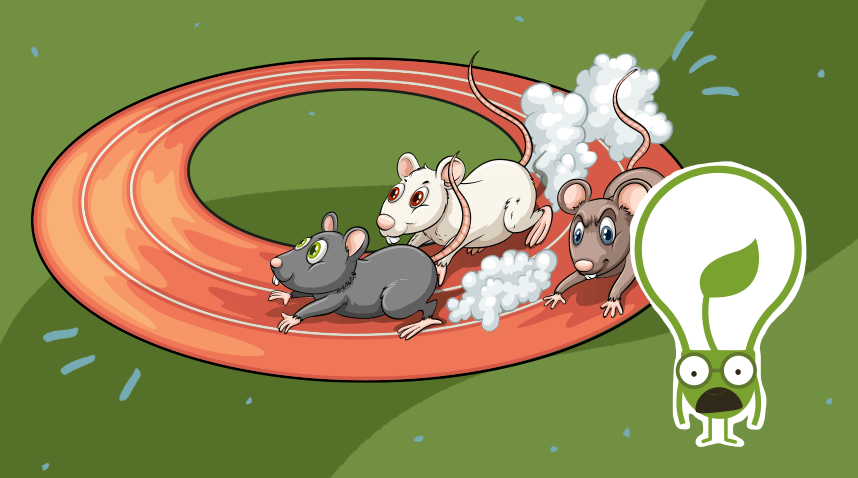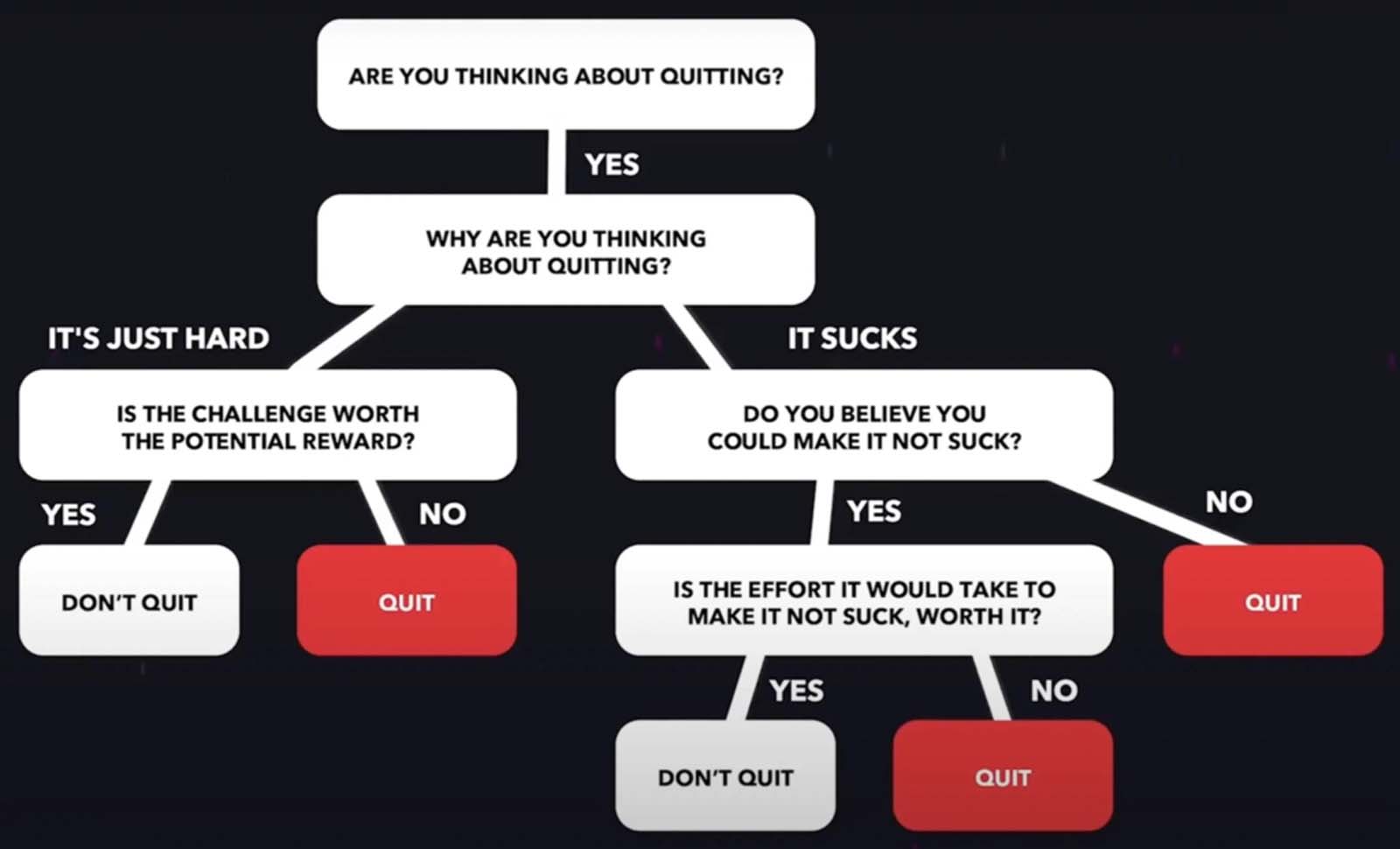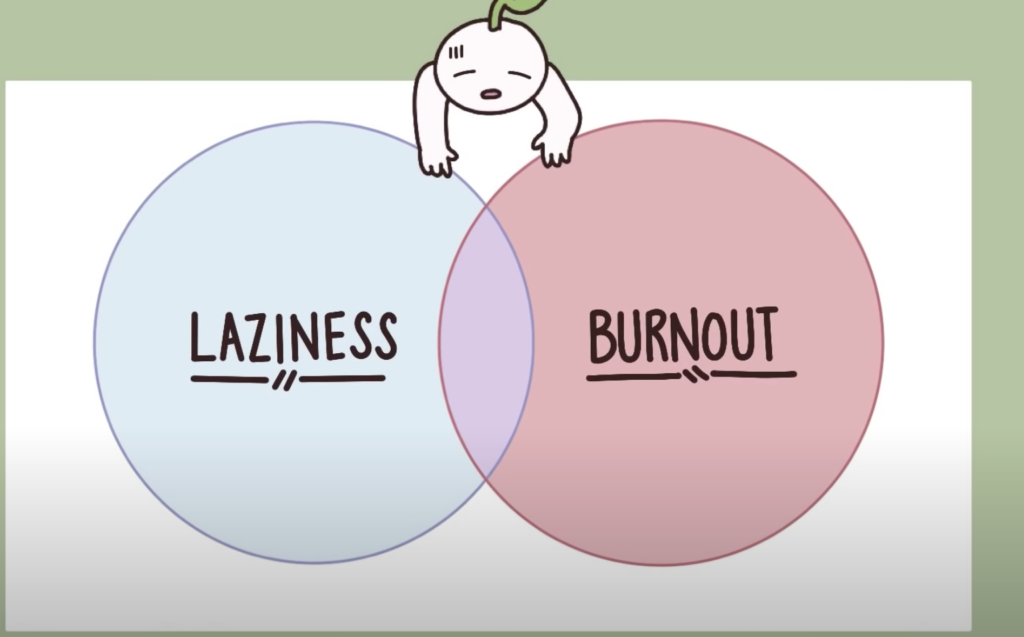
Burn Bright, Not Out: How Buddhist Leaders Can Avoid Burnout
TLDR: Burnout is common among Buddhist youth leaders but isn’t a badge of honour. Learn practical steps to serve others without neglecting yourself.
“I’ve lost the joy of service. I’m just going through the motions,” a youth leader confided during a routine welfare check. Sadly, this sentiment is all too common in the Buddhist youth community.
Juggling school, studies, work, and co-curricular activities put immense demands on youth leaders. When these responsibilities expand due to the enthusiasm of seniors, leaders can quickly burn out. The spark of joy dims, replaced by a “just get it done” mindset.
“Our youth group thrives on burnout. When a leader burns out, it’s seen as proof they’ve served to their limit—a form of selflessness,” one youth leader remarked, eyes heavy with fatigue.
This stark reflection prompted me to write this piece—a small message of support for struggling youth leaders.
Being a Buddhist youth leader is both rewarding and challenging. However, burnout should not be seen as a badge of honour. Here are 3 ways to maintain balance and thrive. May these reflections support your journey.
The Importance of Self-Care

Leadership can be overwhelming, but taking care of yourself is crucial—not just for your well-being but for the effectiveness of your service.
The Buddha reminds us in the Sedaka Sutta: “One who takes care of oneself takes care of others. One who takes care of others takes care of oneself.” By prioritising your well-being, you can better support your members and lead by example.
We cannot pour from an empty cup.
Reducing your workload isn’t selfish—it’s responsible. Delegation may seem inefficient at first. But managing everything yourself creates bottlenecks and makes breaks impossible. Reflect on tasks you can share, even if it feels uncomfortable at the start.
It’s tempting to think, “I’m being selfish by doing less.” However, delivering half-hearted service is far worse. Members join youth groups seeking peace, not to encounter stressed-out leaders from the hungry ghost realm. Instead of feeling your mettā, they may feel your burnout.
So how to self-care?
Self-care can involve practices such as meditation, exercise, and spending time in nature.
For example, if you’re mentally fatigued, a 10-minute mindfulness session can help you regain focus. Similarly, regular exercise such as yoga can reduce stress and strengthen your body. These moments to yourself help to realign to why you started in the first place.
Taking breaks isn’t indulgent; it’s restorative. You’ll return to your role with fresh energy and positivity. Don’t hesitate to seek help from mentors, peers, or counsellors.
Even the Buddha sought guidance from teachers before attaining enlightenment. Seeking support is a sign of strength, not weakness.
Taking Stock of Your Progress
Reflecting on your journey helps you recognise growth and stay motivated.
Celebrate your successes and the obstacles you’ve overcome. For example, think about a challenging event you organised. How did you tackle it with persistence and teamwork?
Many of us downplay our efforts, saying things like, “I only did a little.” Learning to accept compliments is a forgotten art in Buddhist circles. Try saying, “Thank you for noticing. I did my best, and I’m glad it was helpful.”
Progress on the Dhamma path also brings joy. Seeing how you’ve grown strengthens your faith in the Buddha’s teachings. What once irritated you no longer does. Avoid measuring success only by task completion. Instead, reflect on the deeper fruits of practice.
Seeing our progress also brings confidence that the Buddha’s path is Opanayiko “Leading one inwards/onwards”.
It is hard for us to lead when we don’t see the fruits of practice and only see the fruits of our excellent planning.
The Role of Spiritual Friendships

Spiritual friendships (kalyāṇamitta) are vital for sustaining Buddhist youth leaders.
Many committees focus solely on logistics, forgetting to check in with each other on a personal level. “What’s the agenda?” takes precedence over “How are you?” This misses an opportunity to deepen connections and support one another as Dhamma practitioners.
I sometimes, do forget this principle, but thankfully I have friends who remind me to ask, ‘How are you?’
Building bonds with fellow volunteers who offer honest and compassionate feedback nurtures personal growth. Attend Dhamma talks or charity events outside your group. This will broaden your perspectives and foster meaningful friendships.
Ask yourself: Are you cultivating spiritual friendships? Do you have people in your circle who can help you navigate the complexities of leadership with kindness and clarity? Nurturing such relationships can make your journey more fulfilling and balanced.
“Admirable friendship, admirable companionship, admirable camaraderie is actually the whole of the holy life.” The Buddha corrected Ananda who said spiritual friendship was only half of the holy life.
Develop your personal practice

Volunteering is a chance to uphold the Triple Gem, share the Dhamma, and deepen your practice. However, without personal and Dhamma growth, leadership can feel hollow—like being a glorified event planner.
Going for regular Dhamma talks, Dhamma discussions, guided meditation or listening to Spotify Dhamma talks can help. They can provide perspectives on the practice.
Quiet moments for reflection allow the teachings to take root. A strong foundation in the Dhamma equips you to navigate the eight worldly winds—success and failure, pleasure and pain, praise and blame, gain and loss.
Leadership without practice can leave you vulnerable. A cautionary tale: A youth group leader, overwhelmed by events (e.g. Vesak, pujas, charity work), neglected his practice. When life’s challenges hit, he had no Dhamma or a support network to lean on. So, he eventually converted to another religion. This shocked his youth group as they lost their central leader and eventually led to the group’s demise.
In addition, working with people of diverse personalities and motivations can cause conflicts. Staying grounded in the Dhamma is essential to navigate these challenges.
Focus on practising the paramitas and upholding the precepts, even in difficult situations. Seeking forgiveness for intentional or unintentional transgressions in thought, speech, and action can bring clarity and humility to your leadership.
Ground yourself in the practice first, so you can better guide others.
Having covered 3 strategies to help you navigate the struggles, here are some quick tips for maintaining a balance between your welfare and others.
Tips for Maintaining Balance
Here are some practical tips to help you sustain balance as a Buddhist youth leader:
- Knowing when to say no: It is important to say no when you are near your limit or if a task doesn’t align with the organisation’s vision/mission. When you say no to something, you are saying yes to personal space & practice.
- Prioritise personal practice: Dedicate time for meditation, reading, and other practices that nourish your connection to the Dhamma.
- Delegate tasks: Share responsibilities with other group members. This prevents you from being overwhelmed and lets you focus on areas where you can make the most impact.
- Take breaks: Step away when needed to recharge, whether through mindfulness, a walk in nature, or simply resting.
- Seek help: Don’t hesitate to reach out to mentors or peers for guidance and support.
- Foster spiritual friendships: Surround yourself with like-minded individuals who inspire and challenge you to grow.
- Embrace simplicity: Instead of asking, “What more can we do?” ask, “What can we do without?” Focusing on fewer, intentional activities can reduce stress. It can also boost the group’s overall well-being.
Conclusion
Managing burnout requires mindful attention to self-care, personal practice, and relationships.
By taking breaks, reflecting on your progress, nurturing spiritual friendships, and balancing your commitments, you can lead with compassion and resilience. Maintaining this balance inspires others and allows you to serve the Dhamma with joy and purpose.






